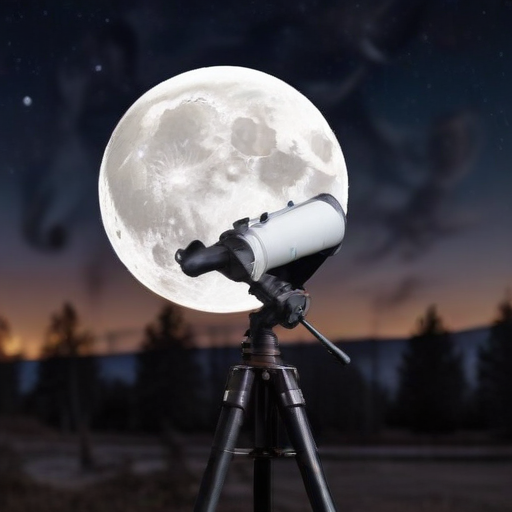This weekend offers stargazers in the U.S. the opportunity to witness the last supermoon of the year, known as the Beaver Moon. This captivating phenomenon will rise at 4:29 p.m. ET on Friday, appearing larger and brighter than a typical full moon. Remarkably, this marks the fourth consecutive supermoon since August. The exact rise and set times may vary slightly depending on the observer’s location, as explained by Christopher Palma, a teaching professor and adviser at Penn State University’s Department of Astronomy and Astrophysics.
For exact timings, Palma mentions that in Central Pennsylvania, the moon will rise at 4:29 p.m. and set the following morning at 8:04 a.m., making it visible for approximately 15.5 hours. In the Washington D.C. area, the differences in timing are minimal.
According to NASA, a moon is classified as “super” when it’s full and at its closest point in orbit to Earth. Although the term “supermoon” is not an official designation, its occurrence can lead to higher tidal patterns. Supermoons typically happen three to four times a year, often in succession.
The November supermoon is expected to appear full for nearly three days, from Thursday morning until sunrise on Sunday. Observers are encouraged to simply look up to experience this celestial event, with optimal viewing conditions dependent on clear weather. Palma recommends using a moon map to spot features on the lunar surface, suggesting viewers start by locating the prominent crater Tycho, which is visible as a bright spot in the moon’s lower hemisphere.
If you happen to miss this supermoon, it won’t be until October 2025 that the next opportunity arises, with three supermoons expected in succession at that time.
In summary, this final supermoon of the year not only provides a spectacular visual treat for sky enthusiasts but also creates a sense of community as people engage in a shared experience of astronomical wonder. It is an event that reminds us of the beauty of the universe and offers a moment to reflect on the natural world around us.
